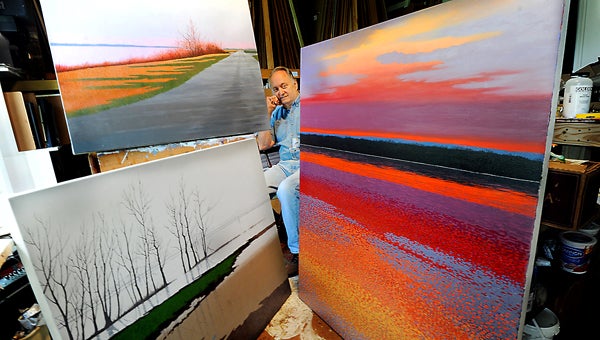City not alone in combatting property issues
Published 12:01 am Friday, May 29, 2015
Bigger is not always better. Faster is not always superior. Government is not always the answer.
A drive through the streets north of downtown Natchez is a lesson in what happens when a once prosperous town suffers from job loss and population shrinkage.
Neighborhoods that surround the now shuttered Armstrong Tire and Rubber plant look strikingly different today than they did decades ago.
Blighted properties is a term the city uses to define structures that because of disrepair, fire, wind or other natural disaster or physical deterioration, are no longer habitable.
Sunday, The Natchez Democrat focused on the city’s efforts to address the problem.
City leaders have been working on the blighted property issue for years with little progress. Some dilapidated houses have been demolished, but a drive through Natchez reveals how big the problem is.
A list of properties provided The Democrat by Anita Smith, the city’s code enforcement officer, supposedly containing the properties the city is targeting for demolition, was inaccurate. That list was apparently one from years ago.
The question remains, does the city have a current list? What is the city doing to combat this problem?
On the list provided by the city were two Habitat for Humanity houses, arguably two of the nicest properties in the area. Those two houses were built by that group, replacing the dilapidated houses at those same addresses on the old list.
However, the good work of Habitat for Humanity has done here points out the role the private community plays to address the problem.
While the city continues to grapple with the issue, making very little progress, if any, Habitat for Humanity has been slowly rebuilding neighborhoods since 1993.
In that time, Habitat has built 19 houses, many of them on Martin Luther King Jr. Street and St. Catherine Street, the same streets the city has targeted for improvement in the last couple of years. Many of the houses were built on lots that were once occupied by structures that were abandoned and inhabitable.
Habitat paid for the buildings to be removed and replaced them with new houses they, in turn, sold to private homeowners.
Not only did they tear down blighted houses, they rebuilt neighborhoods.
Habitat for Humanity volunteer Duncan McFarlane pointed this out recently in a Facebook conversation about the issue.
Also on the list of the city’s blighted properties list is a house Joe and Dianne Good are renovating, thanks to the help of the Historic Natchez Foundation and other community members. Instead of demolishing two vacant buildings on Claiborne Street, the Goods have turned one shotgun house into the D & J Youth Group Resource Research Center and are in the process of renovating the other structure, which is the one on the city’s blighted house list.
The Good’s building is just one example of the properties the Historic Natchez Foundation has helped rehabilitate in north Natchez, by helping them acquire grants and tax credits.
But one of the biggest answers to the blight problem is not in the hands of individual property holders. As Natchez Realtor Sue Stedman noted in Sunday’s articles, neighborhood appearances greatly affect any attempts to entice new buyers to a neighborhood.
Overgrown grass, trash and tires in the front yard can give the wrong impression to potential homeowners. People want to feel secure, Stedman said.
As much as the city tries to cure Natchez blight, leaders are taking many years to demolish a handful of properties.
There is a place for local government, but it in many ways the efforts by Habitat for Humanity and the Historic Natchez Foundation are making real change happen while we wait for city to act.
Ben Hillyer is the design editor of The Natchez Democrat. He can be reached at 601-445-3540 or by email at ben.hillyer@natchezdemocrat.com.


